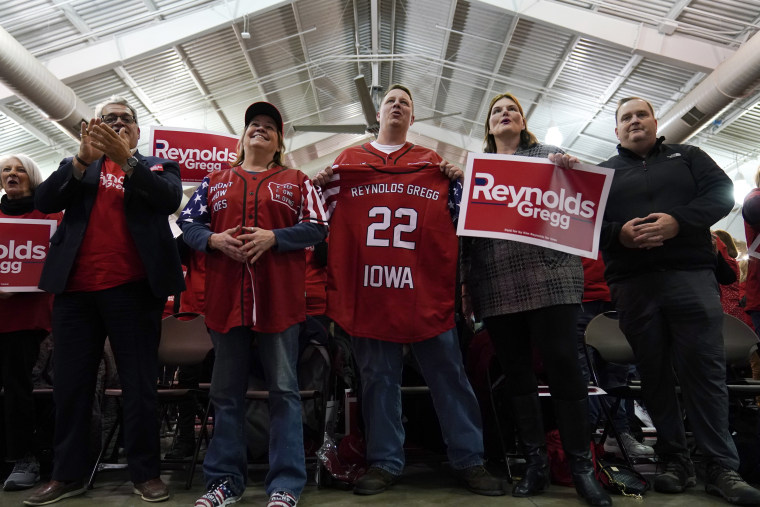The division that has become a hallmark of Washington has roots that extend well beyond the Beltway and into America’s communities and neighborhoods.
The Public Religion Research Institute released a survey in late May exploring who Americans tend to associate with in their core friend groups. One of the survey’s findings: Partisanship is a big part of our everyday lives.
The divisions in the survey don’t look bad at first glance. In fact, overall, the partisanship of Americans’ friend groups looks fairly balanced, according to the PRRI poll.
Among the nation as a whole, 29 percent of people’s core friend groups are made up of Democrats, 24 percent are made up of Republicans, 12 percent are independents and the other 36 percent are something else or offer no answer.
That’s a pretty even breakdown for what we know is a pretty evenly divided red/blue electorate.
But the numbers change dramatically when you look at people who identify as Democrats and Republicans in the PRRI data.
Among Democrats, nearly 60 percent of core friend groups is made up of, well, other Democrats. About 8 percent of those groups are made up of Republicans and another 6 percent is made up independents.
The numbers for GOP core friend groups look very similar: Nearly 60 percent of their core friend groups is made up of other Republicans, about 9 percent are Democrats and another 7 percent are independents.
Those are some deeply reinforced bubbles full of people who are likely to hold similar views on the topics Washington is attempting to tackle — from gun control to taxes.
Taken together, the numbers suggest there is no quick cure-all for the political discord in Washington. The divides are sharp and real and, to some extent, bubbling up from the electorate.
